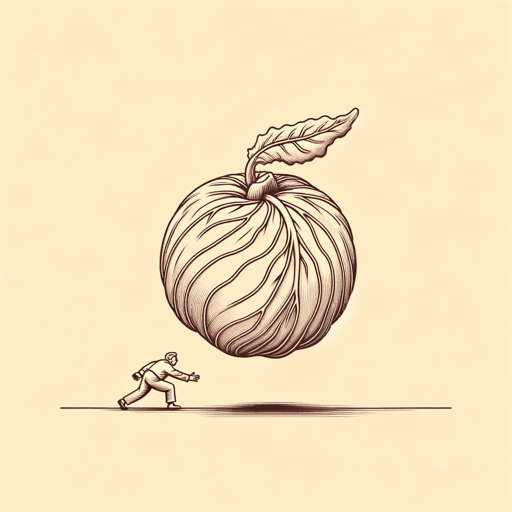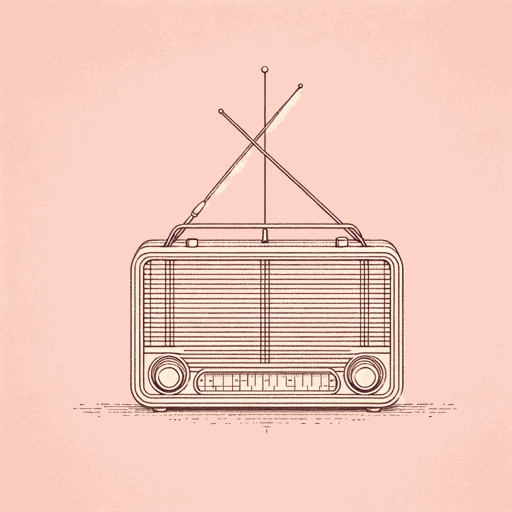27 pages • 54 minutes read
Bessie HeadThe Prisoner Who Wore Glasses
Fiction | Short Story | Adult | Published in 1963A modern alternative to SparkNotes and CliffsNotes, SuperSummary offers high-quality Study Guides with detailed chapter summaries and analysis of major themes, characters, and more.
Literary Devices
Flashback
The greatest amount of insight into Brille’s internal conflict is given through Head’s use of flashback. This technique occurs after Brille is beaten by Hannetjie: Brille considers how his own behavior with his children parallels Hannetjie’s in superiority and discipline, and he reflects on how his political activism, which landed him in prison, also served as a way to escape that role. This adds to Brille’s character development, signifying how greatly he was affected by Hannetjie’s behavior, and it gives context for why Brille’s insight into Hannetjie’s behavior likens the warder to a child. The flashback transpires directly before Brille becomes more assertive, showing it is his reflection over his past that propels him forward. Brille’s encounter with Hannetjie caused him to become “philosophical” and contemplative, which shows sensitivity as well as his perception in how he makes connections between his old life and his present situation.
Foreshadowing
Within Brille’s flashback, Head employs foreshadowing to insinuate the shift in relationship between Hannetjie and himself. The contemplation of Brille as a “bogeyman” for his children foreshadows how Brille will become a bogeyman for Hannetjie for the rest of the story.
Related Titles
By Bessie Head





